First chapter “Cognitive Factor of Abnormality” discuss about philosophical and historical origin of concept of cognition. Author has discussed about the influence of memory and emotion on cognition to facilities the understanding of readers. Author also has described neuro and anatomical basis of cognition and cognitive theory of cognition, errors, its significance and how it can cause mental problems.
Second chapter, “Anxiety Disorder” discuss about the nature of anxiety. Author has described historical aspect of anxiety nature of anxiety different types of anxiety diagnostic criteria of specific phobia along with social anxiety disorder. Author also has described sign in symptoms of social anxiety disorder along with etiology of phobia and treatment approaches for phobia including pharmacological and non-pharmacological treatment.
Third chapter “Somato- form Disorder”, here author has described conversion disorder in detail, starting from history of conversion disorder, role of precipitating factor and causes of conversion disorder along with its prevalence and demographic characteristics and its diagnosis. Author has described various etiological factor and treatment approaches including pharmacotherapy psychotherapy, hypnosis, including its brief physical therapy, non invasive brain estimation method etc.
Fourth chapter “Dissociative disorder” describes dissociative identity disorder along with its brief history and symptoms according to DSM 5. Author has also commented on epidemiology in case of dissociative identity disorder, etiology. DSM 5 diagnostic criteria have been used to categories various sign and symptoms of dissociative identity disorder with its clinical features, co morbid disease found in dissociative identity disorder along with comments on course and its prognosis.
Fifth chapter starts with “Dissociative disorder: Amnesia and dissociative identity”. Author has given history and current status of dissociation along with its phenomenology and various types of dissociative symptoms. Further author have described pathological and non pathological dissociation, major changes in ICD 11 diagnostic criteria of dissociative identity disorder. Neurological factor have been described which enhances the understanding of the readers. Various models of dissociation have been described by the author including socio cognitive model leiotis hypothesis. Author has also commented on the controversies existing in dissociation related information.
Sixth chapter “Depressive disorder” discusses about basic characteristics and nature of depressive disorder, its core symptoms, various types and specifiers along with ICD-11 and DSM-V diagnostic criteria for depressive disorders, prevalence and gender difference in depressive disorder.
Seventh chapter is about “Mood disorder” considering primarily bipolar disorder where definition types of depressive disorder and more disorder have been described. Diagnostic criteria of major depressive disorder have been given in the chapter and symptoms have been compared in context of ICD 11 and DSM-V. Various causal factors of Mood disorder and bipolar affective disorder have been described by the authors including neuro physiological and neuro anatomical influences, Dual network model, Triple net model network and so on. This chapter also describe the various therapies available for mood disorder and bipolar affective disorder including psycho pharmacological therapy including lithium treatment, electro convulsive therapy, trans-cranial magnetic stimulation and various non pharmacological intervention including cognitive therapy behaviour therapy, psycho-dynamic therapy etc.
Eight chapter describe “Psychological syndromes” in context of schizophrenia and other psychotic disorder where basic definition of psychiatric syndrome have been given as per “Fish clinical psychopathology”. Author has given the historical background of psychotic syndrome, its epidemiology, clinical picture. Discussion on delusion and hallucination are strength of this chapter where various kind of hallucination. Chapter describes various type of psychotic disorder and its diagnostic criteria considering ICD 11.
Ninth chapter starts with Post- traumatic stress disorder (PTSD) which begins with basic information of post traumatic stress disorder, its relationship with stress and how body response to it. Concept of trauma has been explained including historical background. Diagnostic criteria as per ICD 11 and DSM-V have been given, prevalence of Post- traumatic stress disorder (PTSD) have been shared with its prevalence in global as well as local level (India). Etiology of (PTSD) has also been described in detail and role of individual specific factor of post traumatic stress disorder have been shared.
Tenth chapter discusses Personality Disorder, its types including historical background, classification and diagnosis of personality disorder. Personality disorder has been discussed with the help of current psychological theories to facilitate the understanding of the readers. Pharmacological as well as non pharmacological interventions including psychological intervention, behavioral intervention, psychodynamic approach, existential approaches have in introduced.
Eleventh chapter discuss about the nature of Stress, its sources, symptoms. Stress and its symptoms including cognitive and behavioral have been discuss in context of DSM-V and ICD-11 criteria. Relevance of mental health in context of stress has been discussed by the author. Sources of stress have been discussed in detail and various theories for examples physiological, cognitive theory have been introduced to understand the physiological aspects of stress. In this chapter author has discussed the relationship between stress and coping and various approaches. Author has emphasized the role of psychological intervention which can be helpful to manage the stress and increase the coping of the individual.
Twelfth Chapter discusses “Physiological aspect of stress” along with its possible approaches to manage stress. It begins with basic understanding of psycho physiology of stress. Discuss about the concept of stress, types of stress and effects of stress on human body and mind. Author warns the readers about the somatic consequence of stress. Lastly author discuss about possible copping mechanism of stress and emphasize the role of emotional understanding in context of stress and other non pharmacological approaches which are very much important to manage stress.
Thirtieth chapter starts with “Childhood obsessive compulsive disorder” and describe brief history of childhood OCD, its clinical picture, epidemiology of OCD in children and diagnosis OCD. Various theoretical model of OCD have been discussed by the author along with structural theories, psychological theories and models.
Fortieth chapter speaks about “ Neuro- development disorder” categorically autism have been discussed along with its various types, definition of autism spectrum disorder, chief symptoms of autism. Etiology of autism spectrum disorder considering genetic factors, neurological factor, psychosocial factors and environmental factor have been discussed.
Fiftieth chapter starts with discussion on “Intellectual disability” along with case study, basic nature and definition of intellectual disability, its epidemiology, prevalence. Diagnosis and assessment of intellectual disability has been given. Minute aspects in context of assessment of intellectual functioning have been discussed; etiological factors in intellectual disabilities are given clearly.
Sixtieth chapter discuss about “Childhood depression”. This chapter discuss about the epidemiology of childhood depression and diagnostic and clinical picture with emphasis on adolescence. Depressive disorder described in DSM-V5 and ICD- 11 has been discussed categorically along with its chief symptoms. Lastly author has discussed various pharmacological and non pharmacological approaches to manage childhood depression.

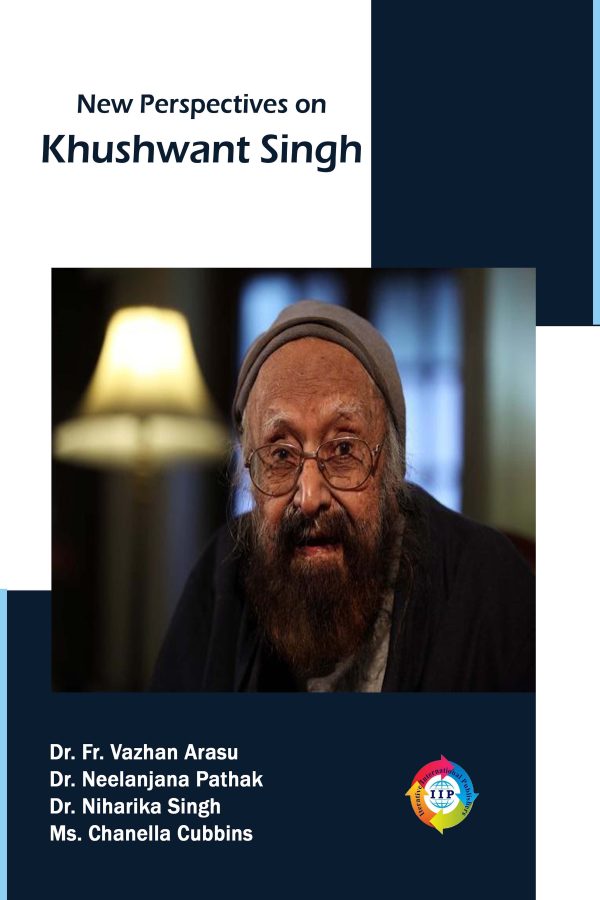
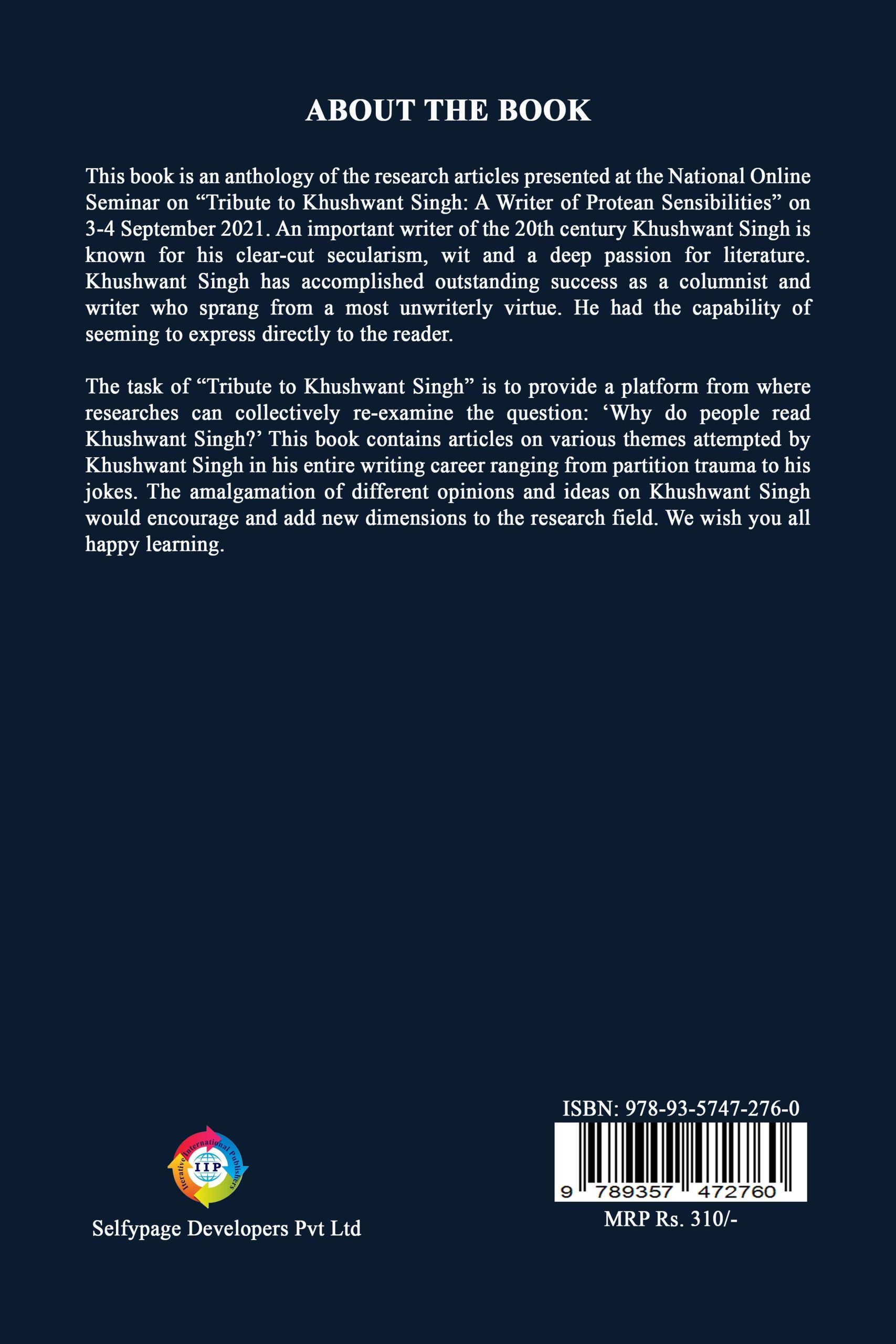

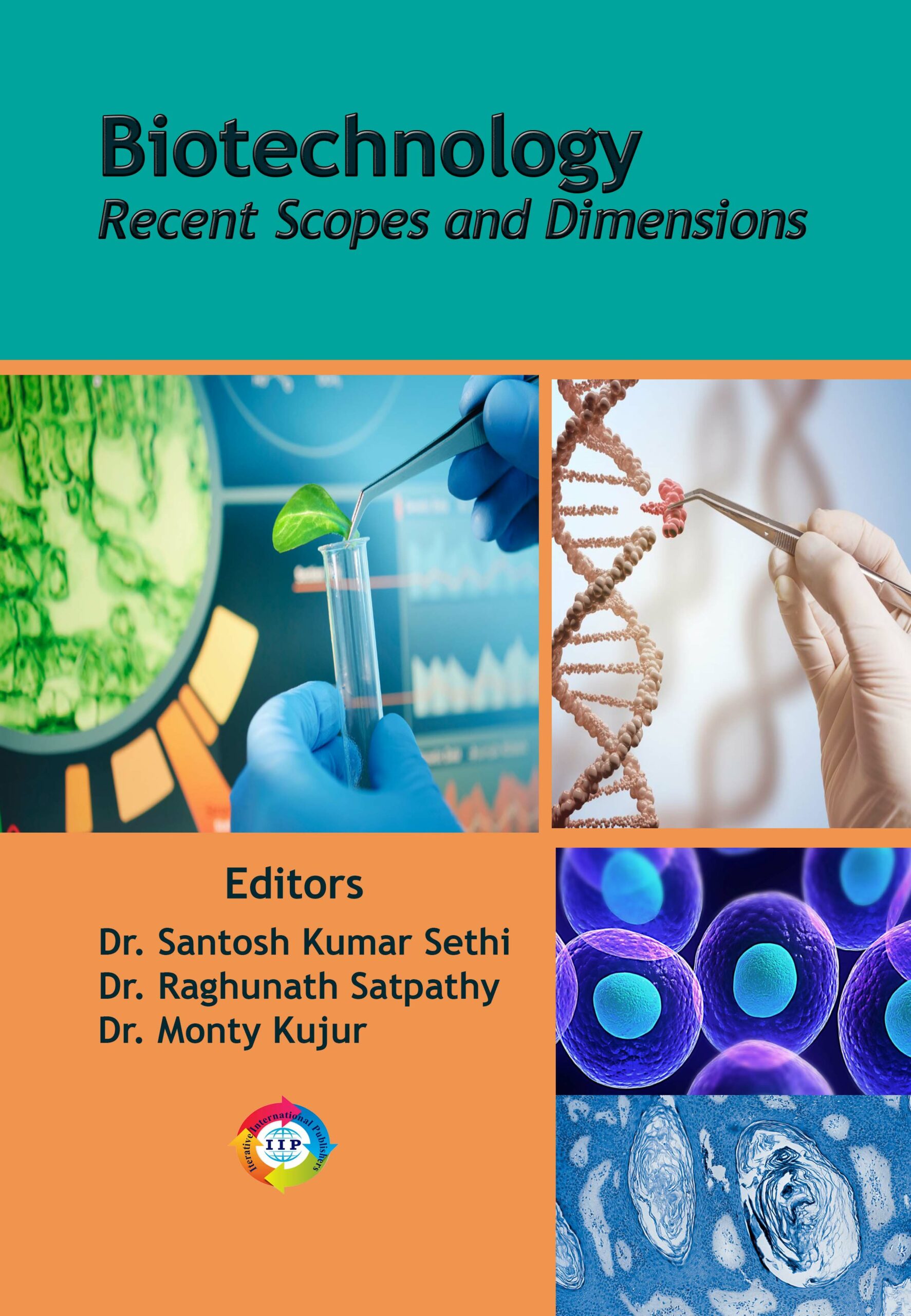
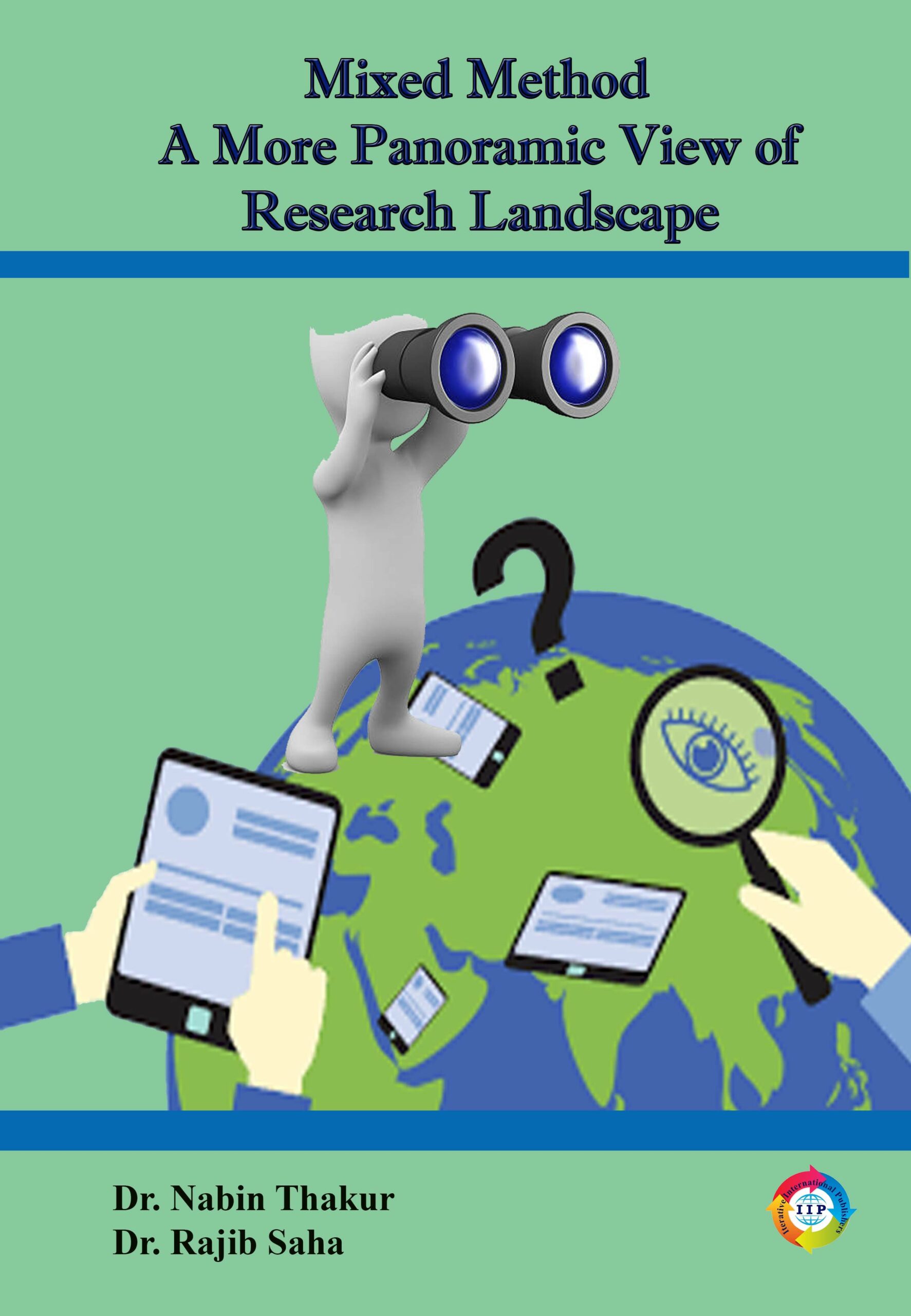
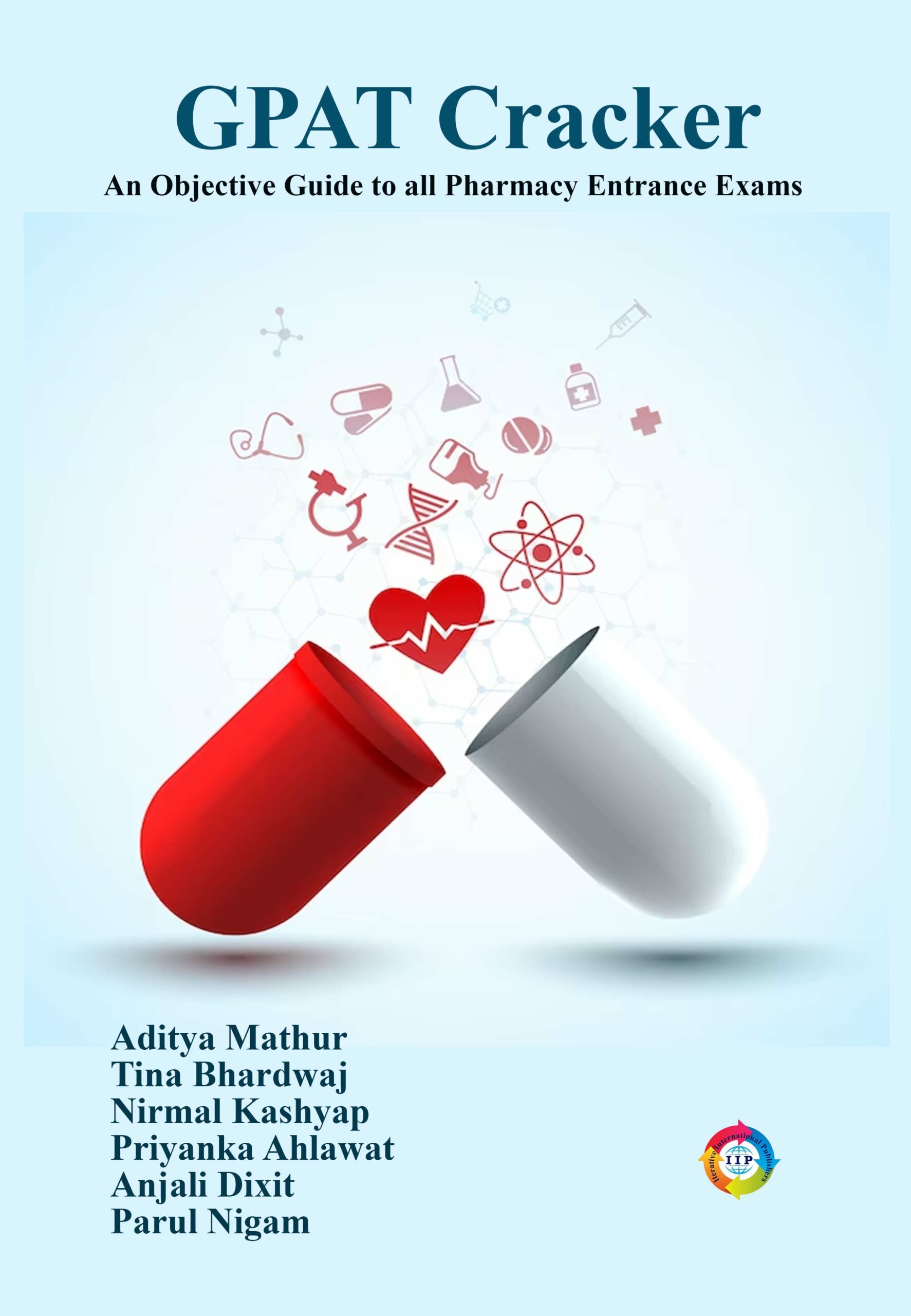

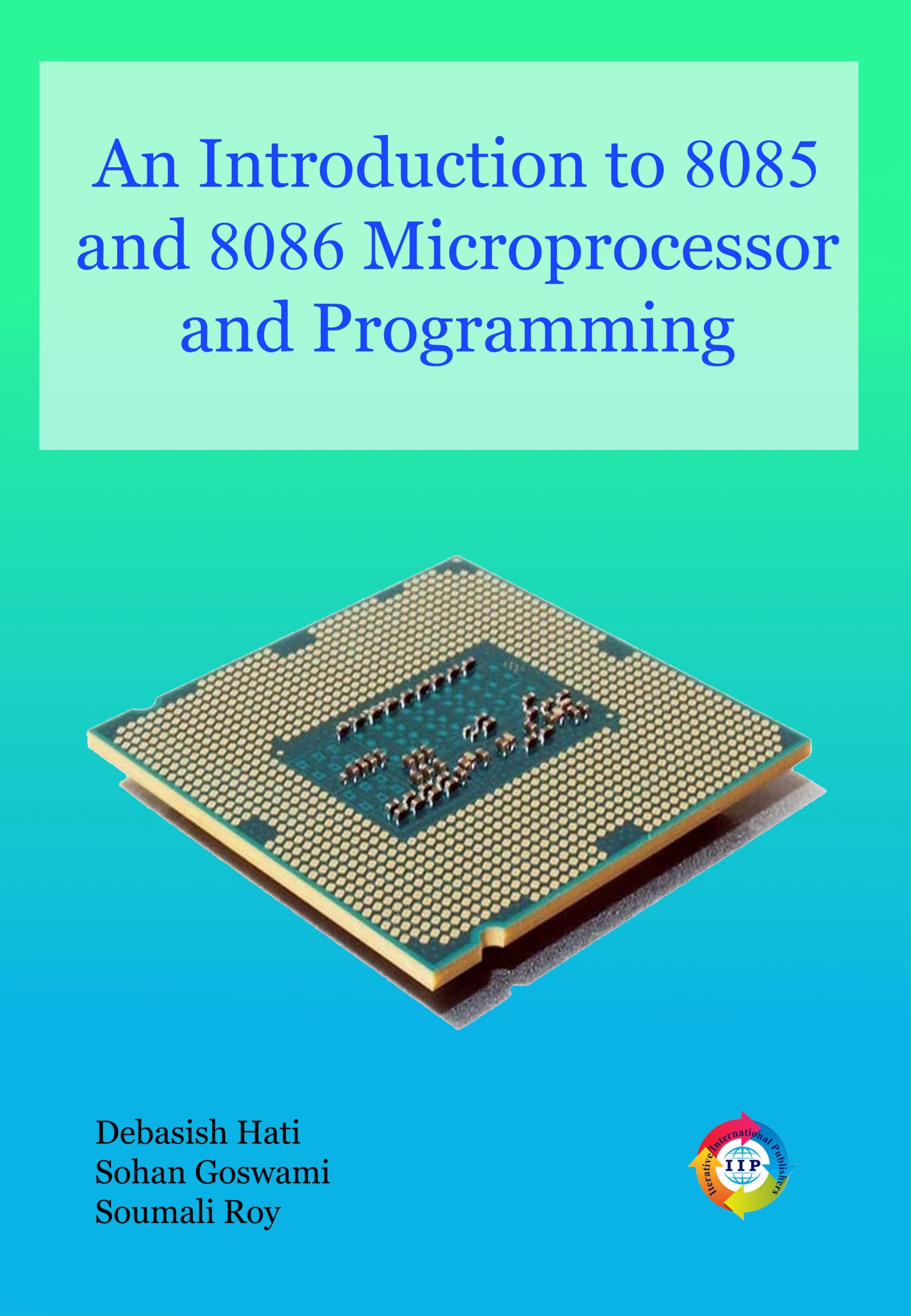
Reviews
There are no reviews yet.